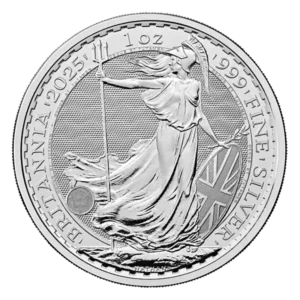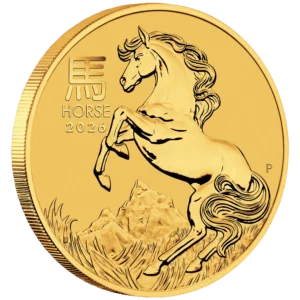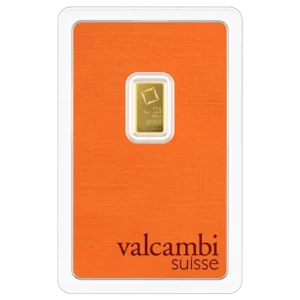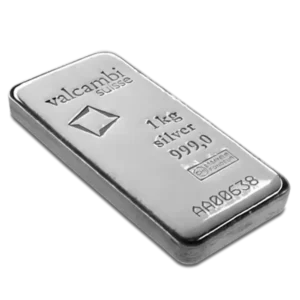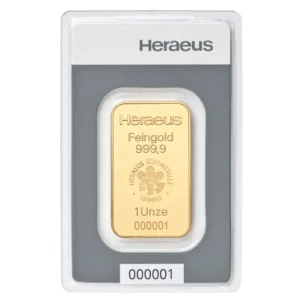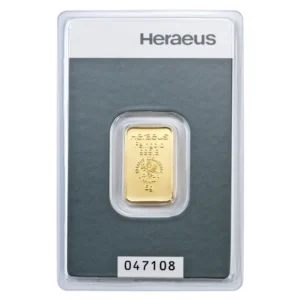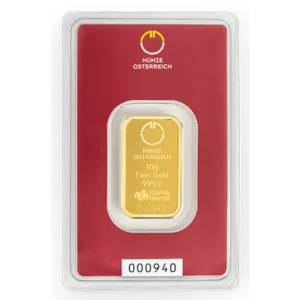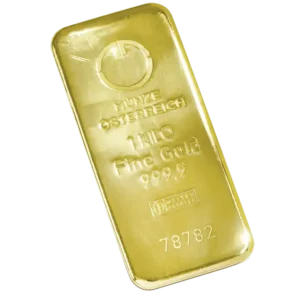More and more people buying investment gold are asking us the same question: why don’t the coins have a certificate?Why do some products have certificates and others don’t? In this guide, I explain in detail everything about certificates in investment gold bars and coins so you can make an informed choice and avoid sales gimmicks.
What are certificates in investment gold bars and coins
Certificates for investment gold bars and coins certify the purity, weight, serial number and origin of the product. They are only meaningful when they are
Difference between investment gold coins and bars
Investment coins and the need for a certificate
Modern investment gold coins have:
- nominal
- year of cutting
- official tender status
Because of this, they do not require a certificate. The rule also applies to historical investment coins. They have always been a means of payment and have never had certificates, like banknotes in circulation.
How does an investor verify a coin without a certificate
The investor can verify originality by:
- diameter
- thick
- weight
- minor details
- sound
- color
- comparison with original
- knowledge of counterfeits
- the factory capsule
Therefore, gold should only be bought from licensed dealers with experience and proven morals.
Exceptions: coins with certificate
Some mints add a certificate at their own discretion. An example is the Canadian Maple Leaf 99999, which has a higher purity and includes an official certificate. This is to certify and show that this coin is different from the standard 9999 purity coin , which looks exactly the same.
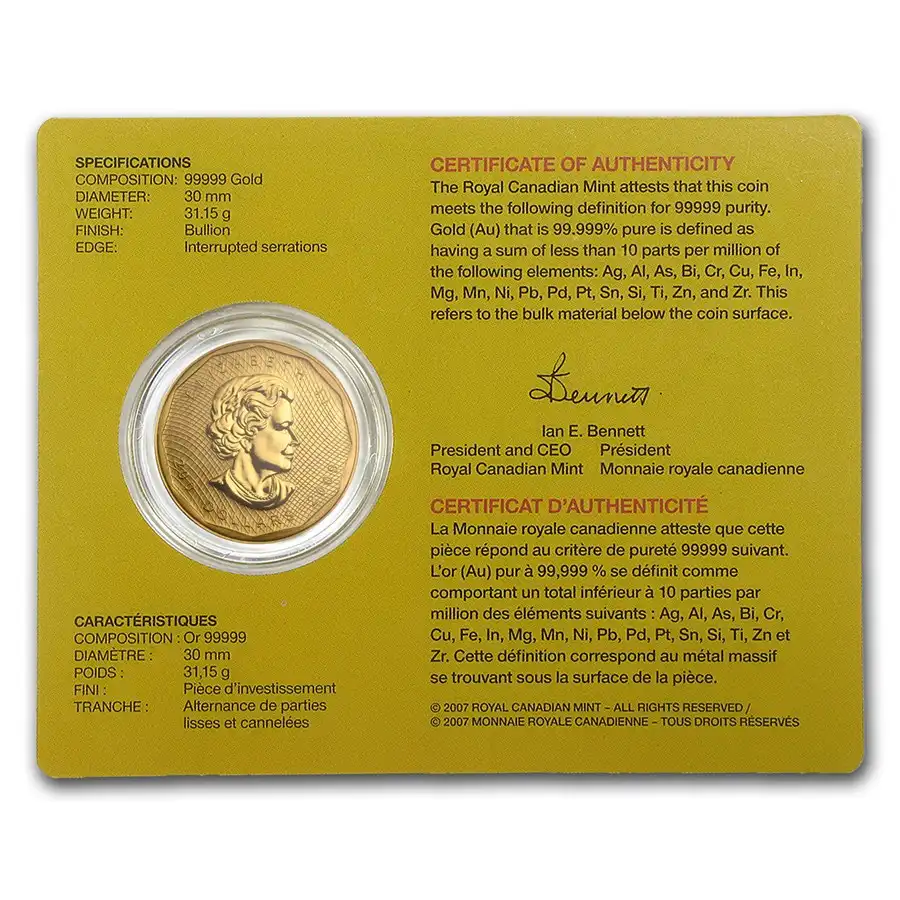
Investment gold bars and certificates
Unlike coins, the certificate is mandatory for investment gold bars. The refineries place:
- unique serial number on the bullet
- the same number on the certificate
- airtight packaging

If the packaging is broken, the certificate becomes invalid.
Cut and cast bullion: differences in certification
Cut Bullion
The certificate is part of the package and cannot be detached.
Flying bullets
In some cases the certificate is a separate document. For example, bullets over 100 grams usually have a separate certificate at most refineries.
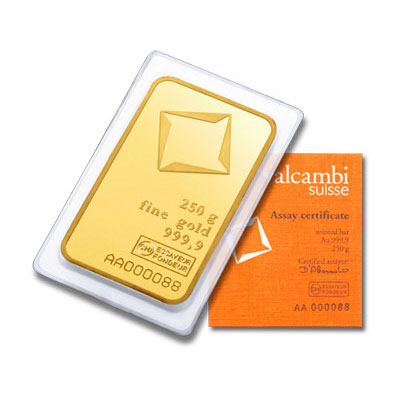
Certificates and serial numbers for silver bars
Silver bars of 100 grams
These bars leave the refinery in a factory vacuum-packed package that serves as a certificate of authenticity. With this size
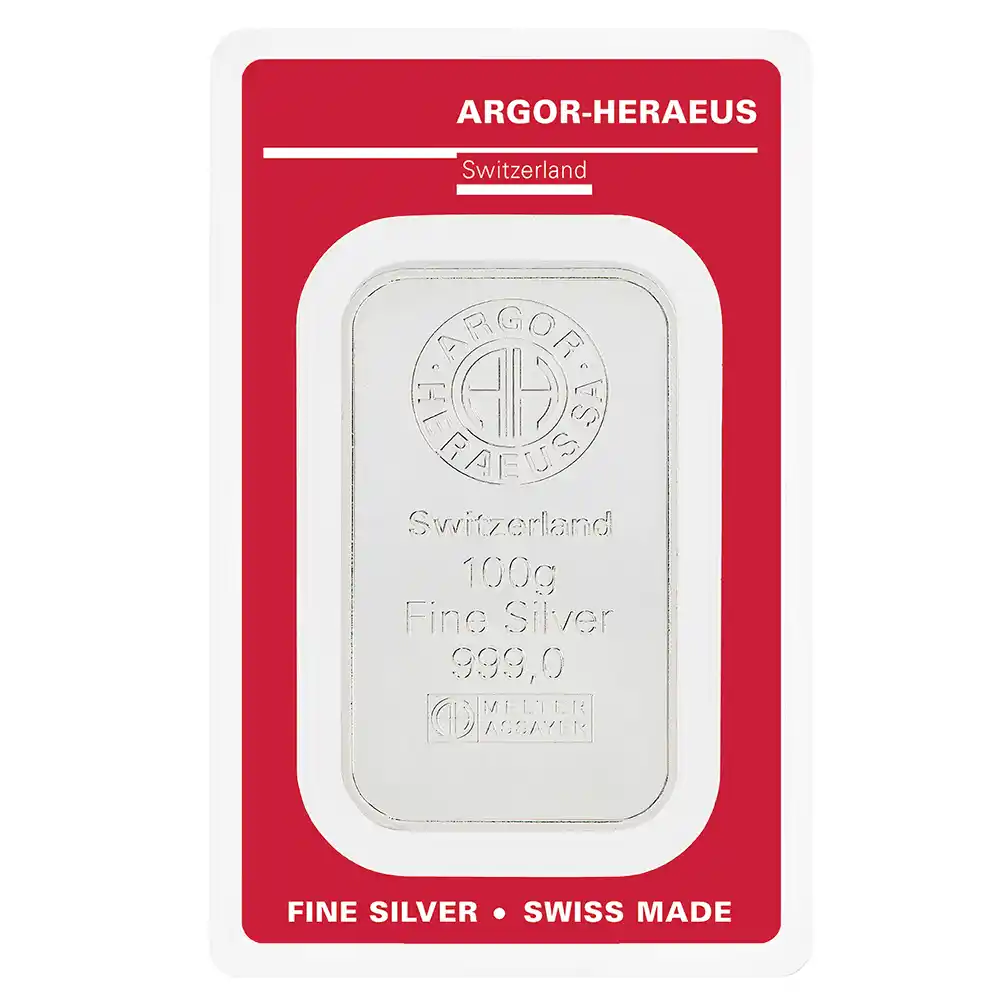
Silver bars of 250 and 500 grams
These bullets also arrive vacuum sealed but do not have a serial number and do not have a separate certificate. This is perfectly normal for this class of product.
Manufacturers rely on a refinery imprint affixed directly to the surface of the bullet – the logo, purity and weight are quite sufficient to verify origin and authenticity. The bullion thus remains easy to identify and verify.
Silver bars of 1 kg
For kilogram bars, practice varies by refinery:
- Heraeus and Argor-Heraeus – the bullion has an embossed serial number that serves as the primary means of identification. In most cases, a separate paper certificate is not issued as the protection is considered sufficient.
- Valcambi – the rods are accompanied by both a serial number and a separate certificate. The number on the certificate matches the one stamped on the bullion. This provides additional security and traceability.

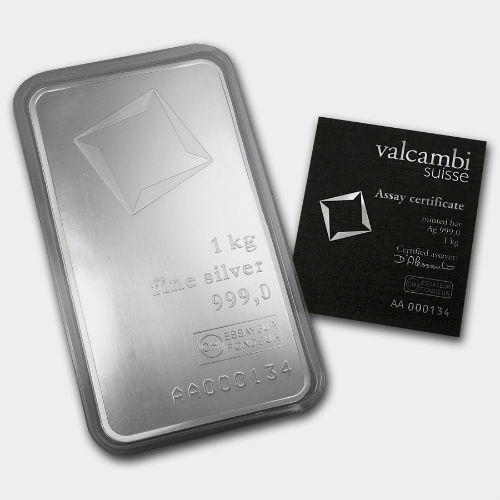
CombiBar bars – special exception
CombiBar tiles have one common serial number that applies to the entire tile. The small 1-gram segments do not have individual numbers. Therefore, they do not require integral packaging.
Who can issue certificates
Certificates may only be issued by:
- Mint
- Refinery
- Certification agencies (NGC, PCGS)
Mints usually issue certificates only for numismatic coins (proof), not for bullion coins.
NGC and PCGS only make sense for numismatics because the procedure is expensive and not justified for investment products.
!!! Beware of sales tricks in certificates and how to recognize them
The following practices are marketing gimmicks with no real value:
1. A colored card called “certificate”
This is just an information sheet:
– gives product details
– no serial number link
– not an official certificate
– no redemption value
2. Expensive boxes and gift packaging
They artificially raise the price by tens of percentages without adding investment value.
3. Internal “certificates” of traders
An A4 sheet with a company stamp is not a certificate. It is not recognized anywhere in the world.
Brief summary
- The certificate is only valid if it is inextricably linked to the product.
- Coins generally do not have certificates, with rare exceptions.
- Gold bars must have a certificate with an identical serial number.
- Silver bars have a certificate only when they are 100g and 1gk. Serine imint of 1 kg.
- Information cards and company letterheads have no value.
- Only buy gold from licensed dealers with a proven track record.
Use these links to switch between sections of the Investing Guide:
- How to Buy Gold
- Gold Bars or Gold Coins?
- Gold or Silver?
- Gold Silver Ratio Explained
- Best Time to Buy Gold?
- Is Gold a Good Investment?
- Why Invest in Gold?
- Is Scrap Gold Worth Buying?
- Why Buy Physical Gold?
- Where to Buy Gold?
- Why Buy from Gold Reserve?
- Top 10 Gold Producers
- Top 10 Gold Reserves
- 2025 Gold Price Forecast
- Is the Sale of Investment Gold Taxable in Bulgaria?
- Business Investments
- Precious Metals Glossary

